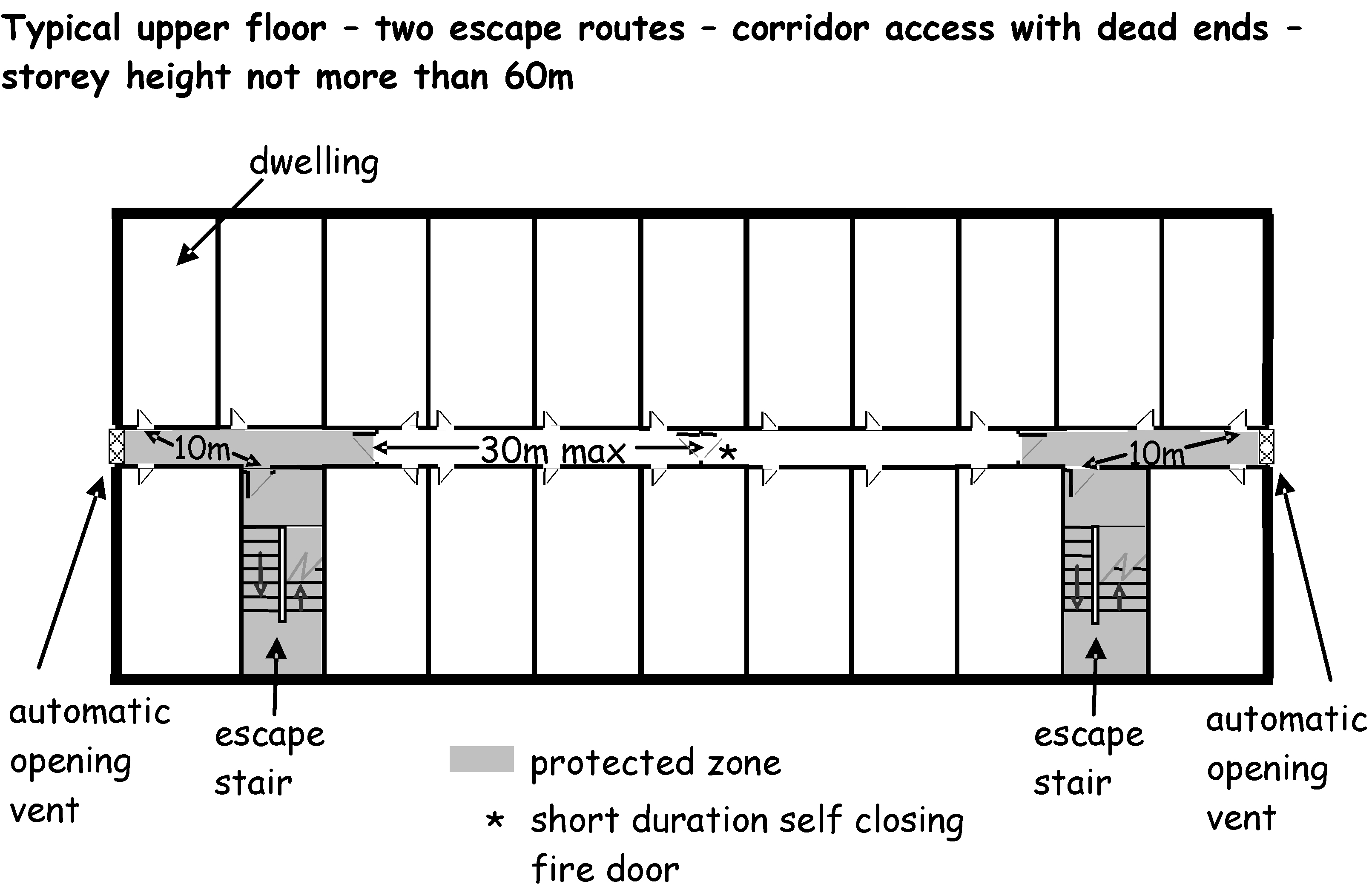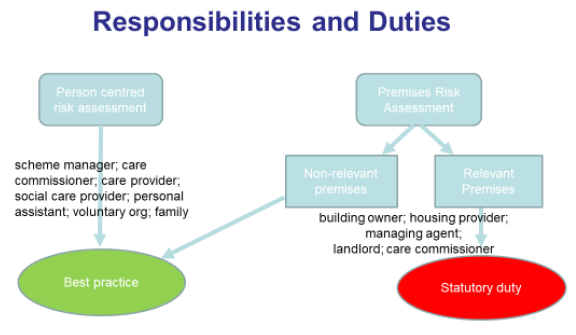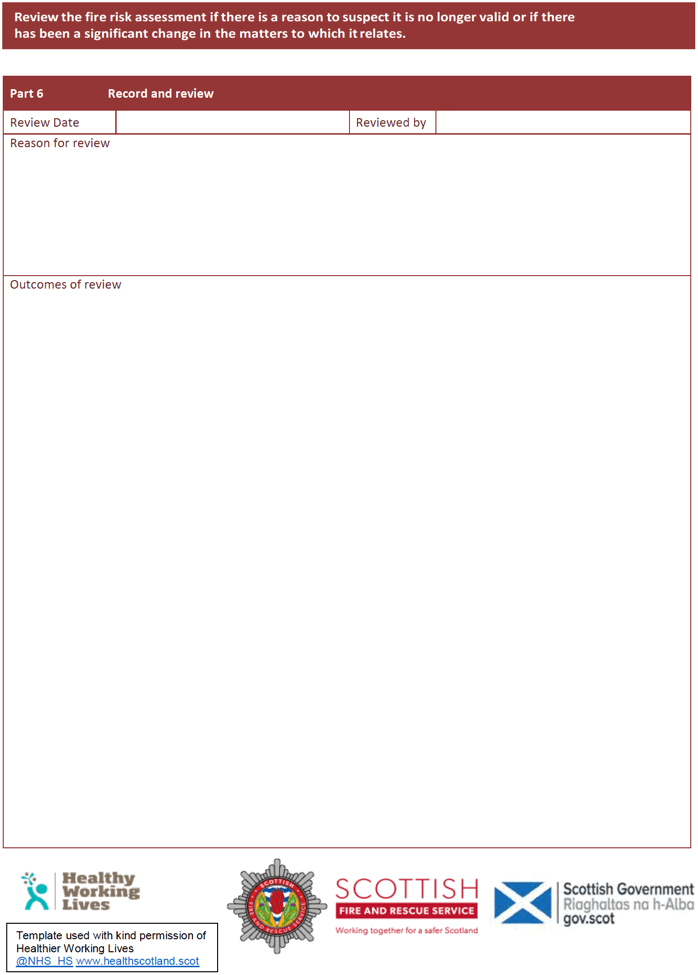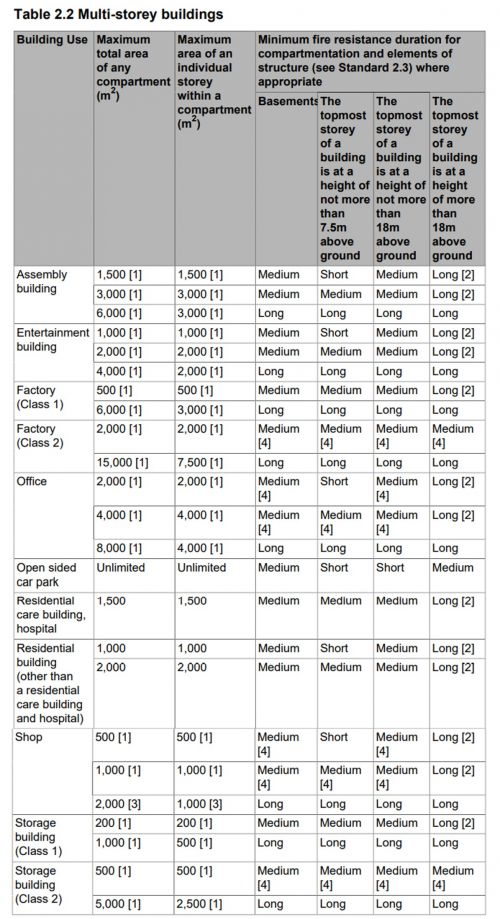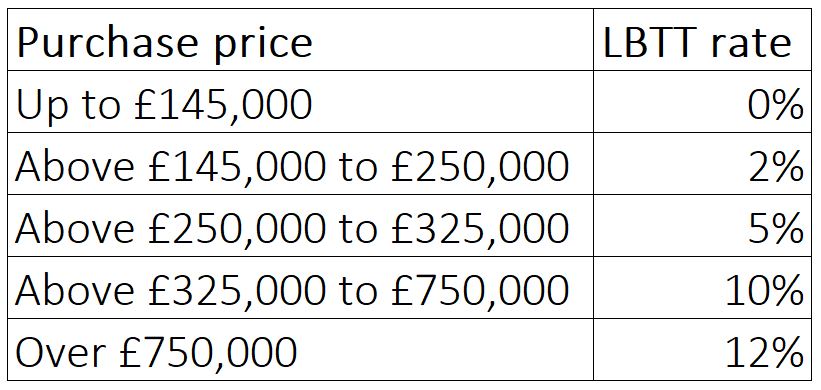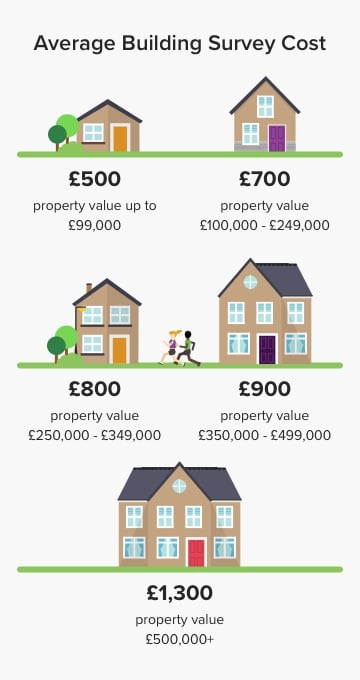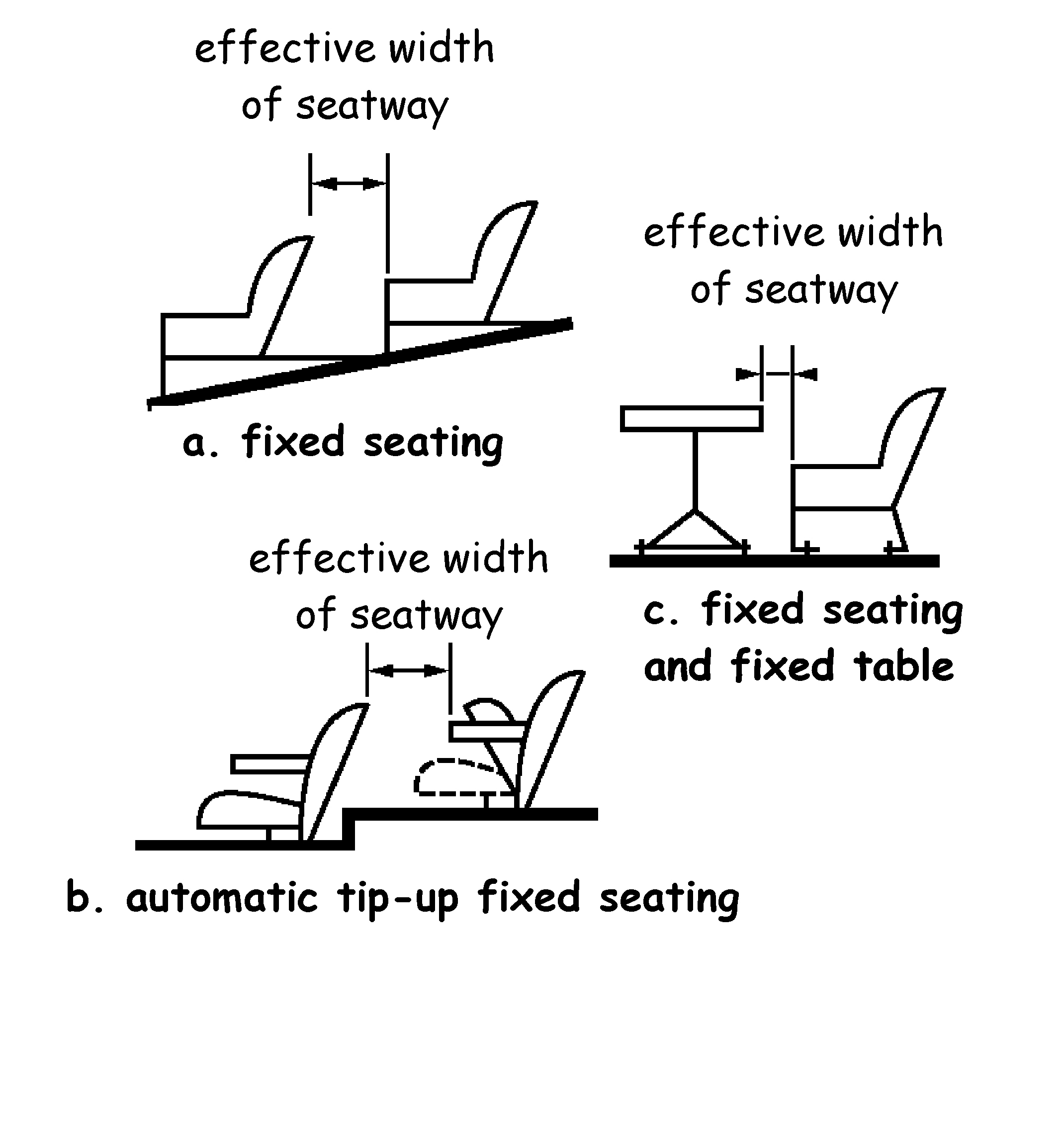Fire safety regulations might cause some anguish for those building their own homes but it is understandably crucial to make sure your home is compliant.
Fire door regulations domestic properties scotland.
Existing buildings other than domestic properties are governed by the requirements of the regulatory reform fire safety order.
All premises the public have access to.
Below are the key laws that you should be aware of and must follow as a landlord.
Part b and certain codes of practice deal with all fire safety measures.
When built all domestic properties are subjected to the building regulations.
A 2 storey house which has a door leading from an integral garage into the house new build or renovated domestic properties which have 3 or more storeys including loft conversions must have fire doors to every habitable room off the.
There is a lot of confusion out there relating to fire door regulations for domestic and non domestic properties in the uk at the moment.
All workplaces and commercial premises.
Fire safety duties for the majority of non domestic premises in scotland are set out in the fire scotland 2005 act and fire fire safety scotland regulations 2006.
The fire safety regulations for rented properties are laid out in various acts and the requirements can vary from one country to another.
What are the fire safety regulations for rented properties in england.
New rules to reduce deaths in household fires have been announced today with improved standards introduced for fire and smoke alarms in scottish homes.
According to bs 8214 2008 code of practice for fire door assemblies fire doors need to provide a similar level of fire resistance as the fixed elements of a building i e.
Walls and floors and are evaluated by the same stringent procedures and criteria.
With that in mind this article aims to set the record straight by letting you know the ins and outs and explaining everything in a way that everyone can understand.
Building regulations stipulate that fire doors are required in the following key areas for domestic properties.
All types of houses in multiple occupation.
There is an approved document explaining how the builder can achieve the requirements stated in part b but as soon as it is built the responsibility for fire safety falls on the head of the.
All domestic properties to have smoke heat and carbon monoxide alarms.
